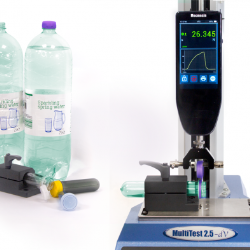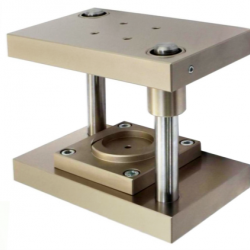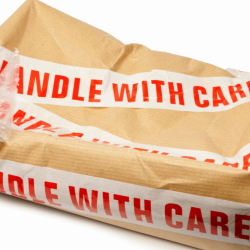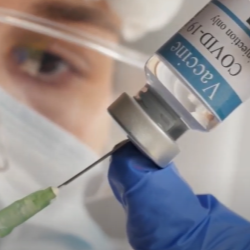Public
Mecmesin Catalog
Mecmesin Certificates
Mecmesin Documents
Mecmesin Locations
Mecmesin News
Mecmesin Videos
If this is your company, CONTACT US to activate Packbase™ software to build your portal.


A capsulated stopper (T-top, Bar-Top or Altop) is a natural or synthetic cork stopper where the end is glued into a cap of wood, PVC, porcelain, metal, glass or other material. They are generally used with liqueur/fortified wines or spirits which are ready to drink but not generally consumed in one sitting.
Popular with bartenders and consumers alike, they are practical to open and reseal thus finding favour with wineries and distilleries for port, sherry, whisky, brandy, calvados, tequila and many other spirits.
Assembling the cork to the cap is done either by automatic machines or by hand depending on volume and materials used. Glues, bonding agents and cork are all selected to meet FDA regulations and the assembled capsulated stopper must stand up to the demands of being repeatedly pulled and twisted in regular use, without the cork separating from the top cap – after all many are inserted in exclusive premium brands, which don’t come cheap.
Testing the quality of the adhesive bond between cork and cap is a fundamental check performed by manufacturers of capsulated stoppers and their customers.
Diam France required a consistent, reliable test system to assess the mechanical adhesive bond strength of their Altop range of stoppers. Featuring outstanding properties of rapid elastic return—to avoid leakage—plus consistent closure from bottle to bottle, Altop and Altop Diam stoppers come with Bar-Top caps in various materials (wood, plastic, glass) and diameters. It was important that the test system had the flexibility to test all different sizes with easy-to-use gripping fixtures.
Solution
Verifying the adhesive bond strength required the cork shank to be held in one grip and the Bar-Top cap to be held in a second grip. A testing method was developed which applied torque to the complete stopper until either the adhesive bond broke or the cork severed. The maximum torque applied was recorded and compared against established quality-control limits to determine pass/fail criteria.
The motorised torque tester, a Vortex-dV, applied torque at a constant speed of rotation ensuring that any variability due to inconsistent speed was eliminated. The peak torque was captured at a high data-acquisition rate to guarantee that any sudden fractures of adhesive or cork were not missed.
At higher torques, both the coated cork and the wooden/hard-plastic bartop caps are notoriously tricky to grip without slipping. To overcome this difficulty Mecmesin adapted proven engineering chucks with dedicated jaws to securely hold both components during the test. Each chuck has a square-drive mechanism which facilitates the use of a slipping torque wrench to open/close the chuck. This ability was critical in ensuring that each chuck was tightened to the same level, avoiding inconsistency from component damage or slippage by over- or under-tightening the specimens
Test equipment
- Vortex-dV Motorised Torque Tester
- 6 N.m Torque Transducer
- AFTI Torque Indicator
- Pair of dedicated chucks to hold the range of capsulated stoppers

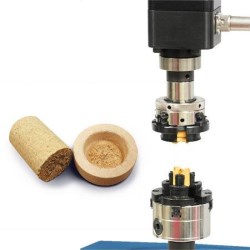


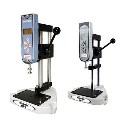
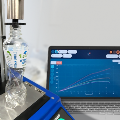
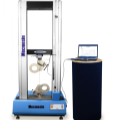
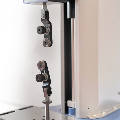
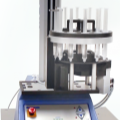
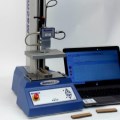
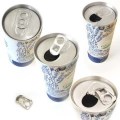
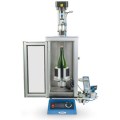
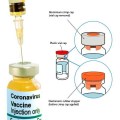
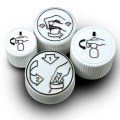

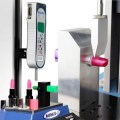

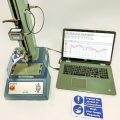

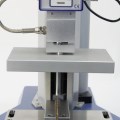
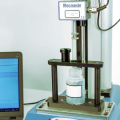

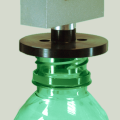
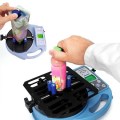
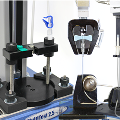

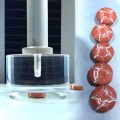
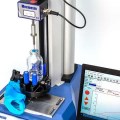
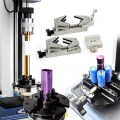

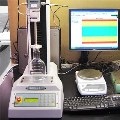
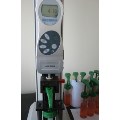
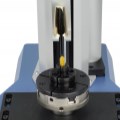
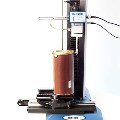
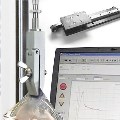
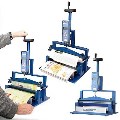

.jpg)


